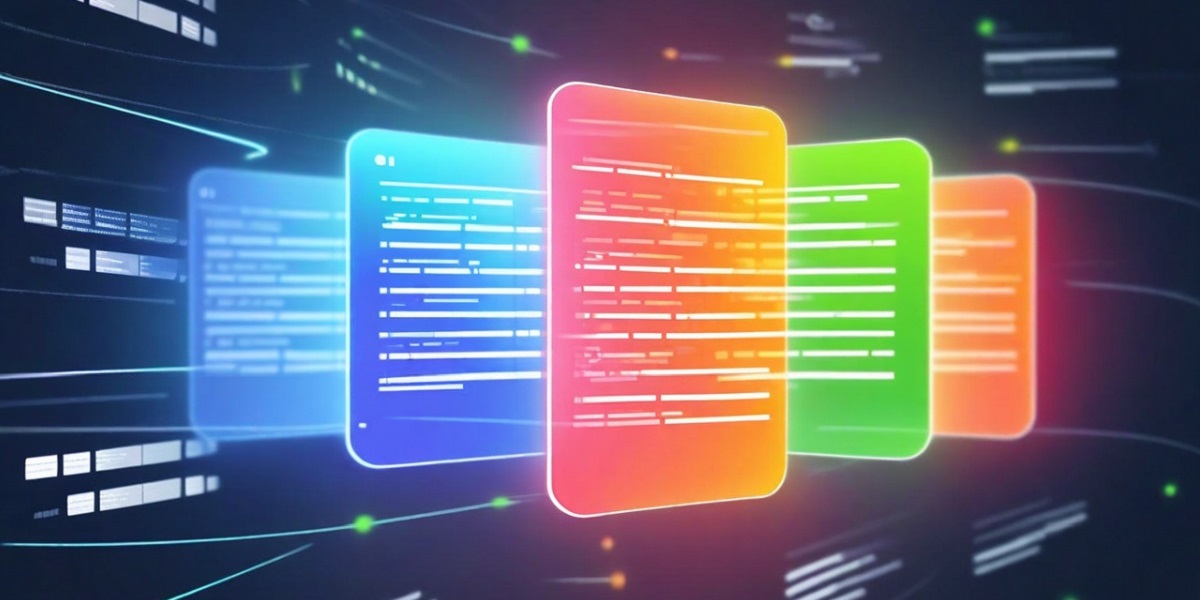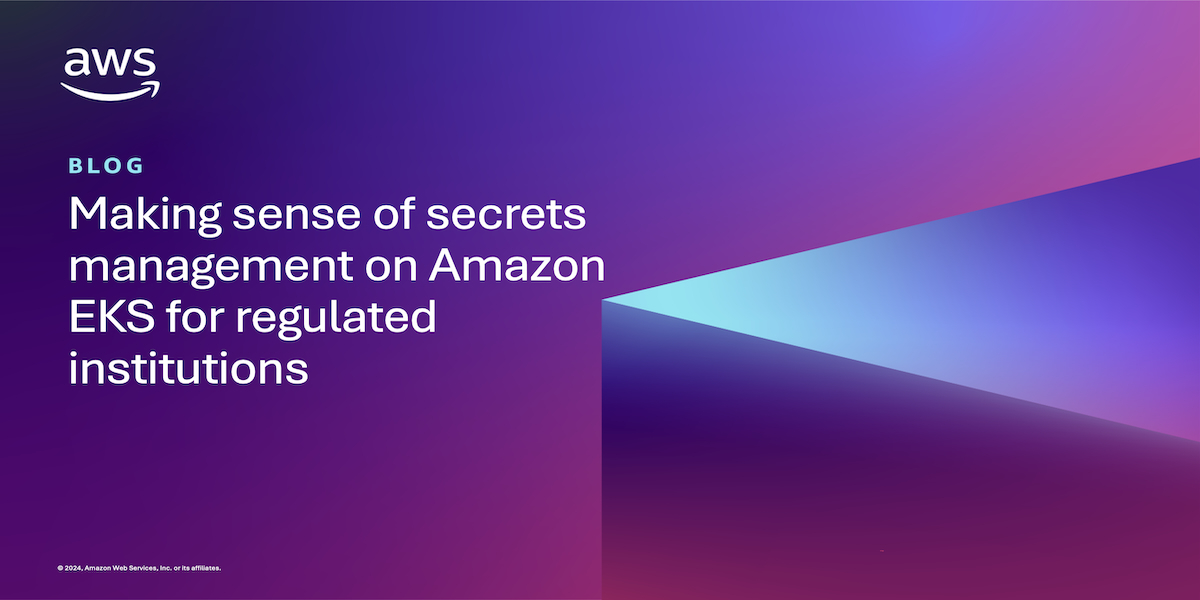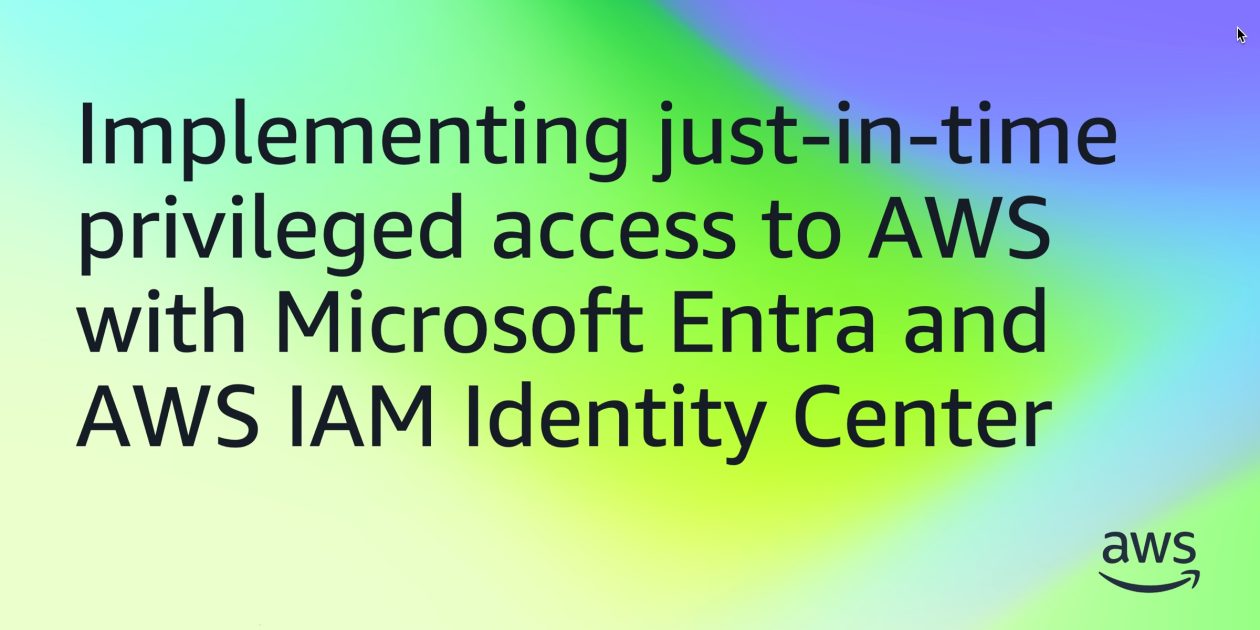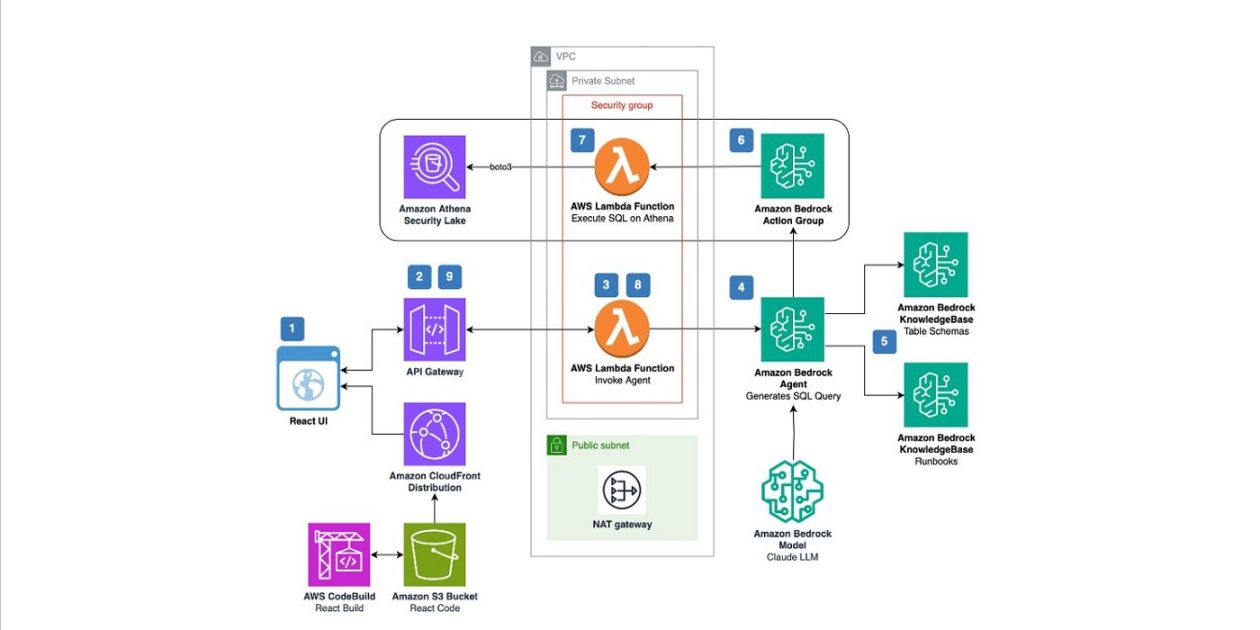Organizations often need to securely share files with external parties over the internet. Allowing public access to a file transfer server exposes the organization to potential threats, such as malware-infected files uploaded by threat actors or inadvertently by genuine users. To mitigate this risk, companies can take steps to help make sure that files received through public channels are scanned for malware before processing.
This post demonstrates how to use AWS Transfer Family and Amazon GuardDuty to scan files uploaded through a secure FTP (SFTP) server for malware as part of an overall transfer workflow. For readers who might have read an earlier blog post on this topic, the key difference is that this solution is fully managed and doesn’t require the deployment of compute resources. GuardDuty automatically updates malware signatures every 15 minutes instead of using a container image for scanning, avoiding the need for manual patching to keep the signatures up to date.
Prerequisites
To deploy the solution in this post, you will need:
An AWS account: You need access to AWS to deploy this solution. If you don’t have an account that you can use, see Start building on AWS today.
AWS CLI: Install and configure the AWS Command Line Interface (AWS CLI) to be authenticated to your AWS account. Set up the environment variables for your AWS account using the access token and secret access key for your environment.
Git: You will use Git to pull down the example code from GitHub.
Terraform: You’ll use Terraform to run the automation. Follow the Terraform installation instructions to download and set up Terraform.
Solution overview
This solution uses Transfer Family and GuardDuty. Transfer Family provides a secure file transfer service that you can use to set up an SFTP server, and GuardDuty is an intelligent threat detection service. GuardDuty monitors for malicious activity and anomalous behavior to protect AWS accounts, workloads, and data. At a high level, the solution uses the following steps:
A user uploads a file through a Transfer Family SFTP server.
A Transfer Family managed workflow invokes AWS Lambda to execute an AWS Step Functions workflow.
The workflow begins only after a successful file upload.
Partial uploads to the SFTP server will invoke an error handling Lambda function to report a partial upload error.
A step function state machine invokes a Lambda function to move uploaded files to an Amazon Simple Storage Service (Amazon S3) bucket for processing and then starts scanning using GuardDuty.
The GuardDuty scan result is sent as a callback to the step function.
Infected files are moved or cleaned.
The workflow sends the user the results through an Amazon Simple Notification Service (Amazon SNS) topic. This can be a notification of an error or malicious upload during the scan or notification of a successful upload and a clean scan for further processing.
Solution architecture and walkthrough
The solution uses GuardDuty Malware Protection for S3 to scan newly uploaded objects to the S3 bucket. You can use this feature of GuardDuty to set up a malware protection plan for an S3 bucket at the bucket level or to watch for specific object prefixes.
Figure 1: Solution architecture
The following steps (shown in Figure 1) describe the workflow for this solution starting from the point the file is uploaded until it’s scanned and marked as safe or as infected, leading to subsequent steps that can be customized based on your use case.
A file is uploaded using the SFTP protocol through Transfer Family.
If the file is successfully uploaded, Transfer Family uploads the file to the S3 bucket called Unscanned and the Managed Workflow Complete workflow is triggered. This is the workflow used to handle successful uploads and invokes the Step Function Invoker Lambda function.
The Step Function Invoker starts the state machine and kicks off the first step in the process by invoking the GuardDuty – Scan Lambda function.
The GuardDuty – Scan function moves the file to the Processing bucket. This is the bucket from which the files will be scanned.
When an object upload activity is detected, GuardDuty automatically scans the object. In this implementation, a malware protection plan is created for the Processing bucket.
When a scan completes, GuardDuty publishes the scan result to Amazon EventBridge.
An EventBridge rule has been created to invoke a Lambda Callback function whenever a scan event has completed. EventBridge will invoke the function with an event that contains the scan results. See Monitoring S3 object scans with Amazon EventBridge for an example.
The Lambda Callback function notifies the GuardDuty – Scan task using the callback task integration pattern. The results of the GuardDuty scan are returned to the GuardDuty – Scan function and these results are passed to the Move File task.
If the result is a clean scan with no threats detected, the Move File task will place the file in the Clean S3 bucket, indicating that the file is successfully scanned and safe for further processing.
At this point, the Move File function publishes a notification to the Success SNS topic to notify the subscribers.
If the result indicates that the file is malicious, the Move File function will instead move the file to the Quarantine S3 bucket for further investigation. The function will also delete the file from the Processing bucket and publish a notification in the Error topic in SNS to notify the user of a potential malicious file being uploaded.
If the file upload is unsuccessful and the file isn’t fully uploaded, then Transfer Family will trigger the Managed Workflow Partial workflow.
Managed Workflow Partial is an error handling workflow and invokes the Error Publisher function, which is used for reporting errors that occur anywhere in the workflow.
The Error Publisher function identifies the type of error—whether it’s because of the partial upload or an issue elsewhere in the workflow—and sets the error status accordingly. It will then publish an error message to Error Topic in SNS.
The GuardDuty – Scan task has a timeout to make sure that an event is published to Error Topic to prompt a manual intervention to investigate further if the file isn’t successfully scanned. If the GuardDuty – Scan task fails, the Error clean up Lambda function is invoked.
Finally, there’s an S3 Lifecycle policy attached to the Processing bucket. This is to make sure that no file is left in the Processing bucket for more than one day.
Code repository
The GitHub AWS-samples repository has a sample implementation developed using Terraform and Python-based Lambda functions to implement this solution. The same solution can also be implemented using AWS CloudFormation. The code has the components needed to deploy the entire workflow to demonstrate the abilities of Transfer Family and the GuardDuty malware protection plan.
Install the solution
Use the following steps to deploy this solution to your test environment.
Clone the repository to your working directory using Git.
Navigate to the root directory of your cloned project directory.
Update the terraform locals.tf file with the values of your choice for the S3 bucket names, SFTP server names, and other variables.
Run terraform plan.
If everything looks good, run a terraform apply and enter yes to create the resources.
Clean up
After testing and exploring the solution, it’s important to clean up the resources you created to avoid incurring unnecessary costs. To delete the resources created by this solution, navigate to the root directory of your cloned project and run the following command:
terraform destroy
This command will remove the resources created by Terraform, including the SFTP server, S3 buckets, Lambda functions, and other components. Confirm the deletion by entering yes when prompted.
Conclusion
By using the approach outlined in the post, you can make sure that the files received over SFTP and uploaded to your S3 bucket are scanned for threats and are safe for further processing. The solution reduces the exposure surface by making sure that public uploads are scanned in a safe environment before they’re sent to other components of your system.
If you have feedback about this post, submit comments in the Comments section below.
James Abbott
James is a Principal Solutions Architect at AWS, working in Global Financial Services. When not in the office he enjoys mountain biking in North Carolina.
Santhosh Srinivasan
Santhosh is a Sr. Cloud Application Architect with the Professional Services team at AWS. He specializes in building and modernizing large scale enterprise applications in the cloud with a focus on the financial services industry.
Suhas Pasricha
Suhas is a Cloud Infrastructure Architect in the AWS Professional Services team. He has a background in web development and infrastructure automation. At Amazon, he has been helping customers set up and operate an enterprise-wide landing zone and cloud environment. In his spare time, he likes to read and play video games.



